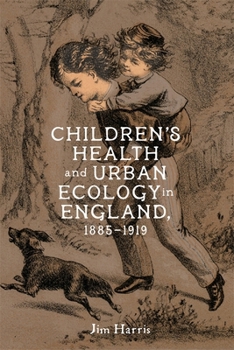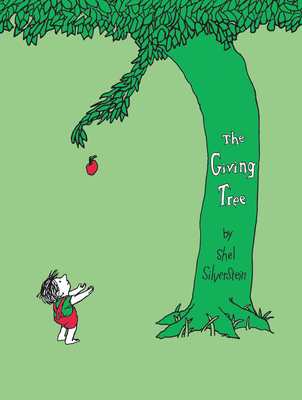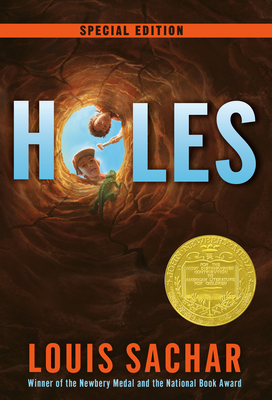Children's Health and Urban Ecology in England, 1885-1919
Analyzes public health efforts to reduce infant mortality and improve children's health in three large English cities: Birmingham, Liverpool and Manchester. While English public health efforts had reduced the threat of infectious diseases and improved sanitation by the end of the Victorian era, soaring infant mortality rates brought children's health to the forefront of public health concerns. Efforts to understand the causes of infant mortality and improve children's survival required attention to the environments where infant mortality was often highest, i.e., in the cities. Children's Health and Urban Ecology in England, 1885-1919 examines the history of urban public health campaigns in three of the largest English cities, Birmingham, Liverpool and Manchester. It considers how local environments impacted children's health by creating ecological conditions ripe for the spread of disease, as well as opportunities for improvements and interventions. Between 1885 and 1919, English public health leaders began to establish increasingly localized approaches to public health that included interventions in households and at schools. This work was conducted by new types of public health professionals, including health visitors to new mothers and school medical officers. While these programs emerged from local environmental conditions, two imperial military conflicts (the Second Anglo-Boer War and the First World War) drew national attention to the importance of children's health. In examining the effects of these conflicts as well as the urgent response to local environmental conditions, Children's Health and Urban Ecology highlights how the epicenter of public health shifted from cities to the state by the end of the First World War.
Format:Hardcover
Language:English
ISBN:1648251013
ISBN13:9781648251016
Release Date:June 2025
Publisher:University of Rochester Press
Length:224 Pages
Customer Reviews
0 customer rating | 0 review
There are currently no reviews. Be the first to review this work.





















